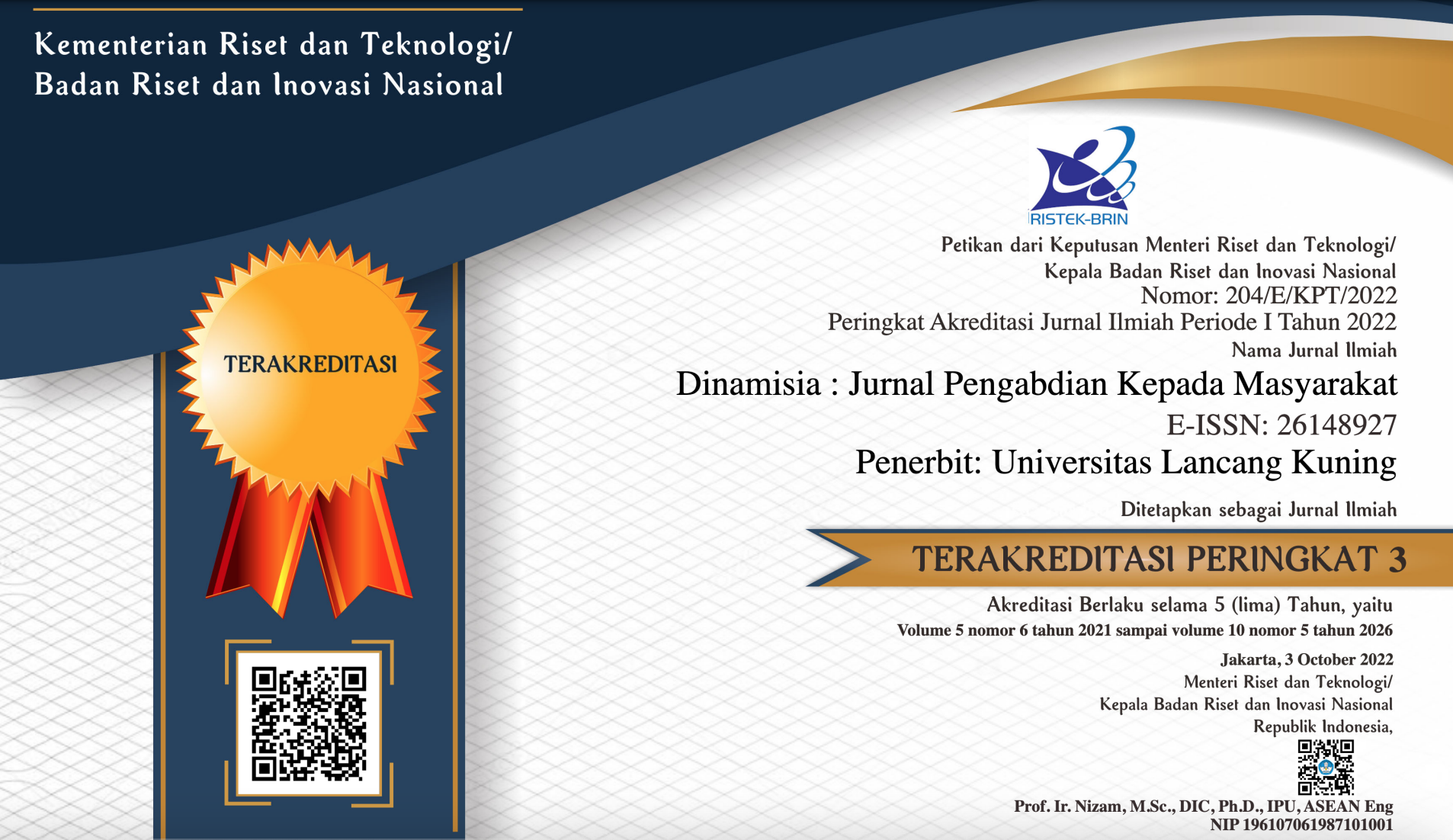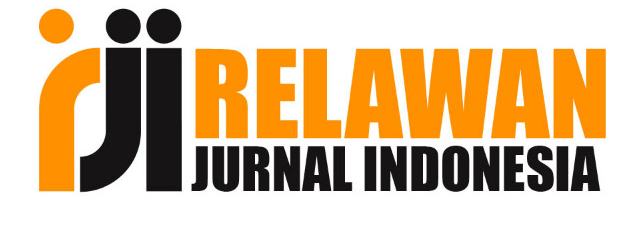Pengolahan Makanan Berbasis Potensi Desa sebagai Sumber Ekonomi Kreatif Masyarakat
Abstract
The abundant natural potential in the southern tip of Blitar Regency, East Java Province is not directly proportional to the ability of village communities to manage so that natural products sold at prices below market standards. A mediocre economy makes the group of mothers who are members of the Empowerment of Family Welfare try to get additional income. This dedication has succeeded in realizing the community empowerment program through training on village-based food processing, that is the avocado fruit, as a source of creative economy for the village community. Community service activities are carried out using the ABCD (Asset Based Community Development) method through four steps, namely: 1) Observation; 2) Planning; 3) Implementation; and 4) Evaluation. The results of the community service activities are the creative idea of food processing and aspects of food production. Now village communities, especially housewive, are more creative and empowered and can generate additional income to help the family economy.
Downloads
References
Badan Ekonomi Kreatif. (2019). Opus Creative Economi Outlook 2019. Jakarta: Badan Ekonomi Kreatif.
CWMBC. (2013). Modul Pembelajaran Masyarakat. Bandung: CWMBC.
Djawahir, Abdillah Ubaidi. (2018). Asset Based Community Development di Pesantren Wisata: Implementasi Strategis di PP. An-Nur 2 Al Murtadlo Malang. Jurnal Pengabdian Kepada Masyarakat, 1(1), 23-34.
Hasanah, Hasyim. (2016). Teknik-Teknik Observasi (Sebuah Alternatif Metode Pengumpulan Data Kualitatif Ilmu-ilmu Sosial). Jurnal at-Taqaddum, 8(1), 21-46.
Kusumastuti, Retno. (2017). Innovation Diagnostic of Micro, Small and Medium Enterprises (SME): A comparative study of innovation process of SMEs in Depok and Solo. International Journal of Applied Business and Economic Research, 15(20), 597-605.
Mahmudah, Nurul dan Supiah. (2018). Pemberdayaan Pada Anak-Anak Gang Dolly di SMA Artantika Surabaya dengan Metode Asset Based Community Development. Jurnal Madani, 1(1), 17-19.
Ningsih, S.C; Kintoko; dan Puji H.P. (2020). Inovasi Kemasan dan Perluasan Pemasaran Usaha Rempeyek di Yogyakarta. DINAMISIA: Jurnal Pengabdian Kepada Masyarakat, 4(1), 6-17.
Ruchkina, et al. (2017). Small and Medium Enterprises in the Context of Regional Development and Innovations. Journal of International Studies, 10(4), 259-271.
Sukanda, Rosyikin. (2016). Pemanfaatan Asset Based Community Development Bagi Disabilitas. Jurnal Ilmiah Pekerja Sosial, 15(1), 37-44.
Tempo. (2019). Wishnutama Berambisi Desa Bisa Nikmati Ekonomi Kreatif, 07 November 2019. Diakses dari https://bisnis.tempo.co/read/1269389/wishnutama-berambisi-desa-bisa-nikmati-ekonomi-kreatif



















